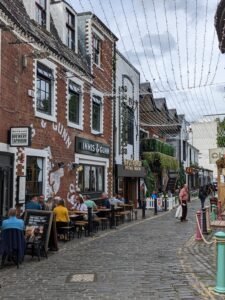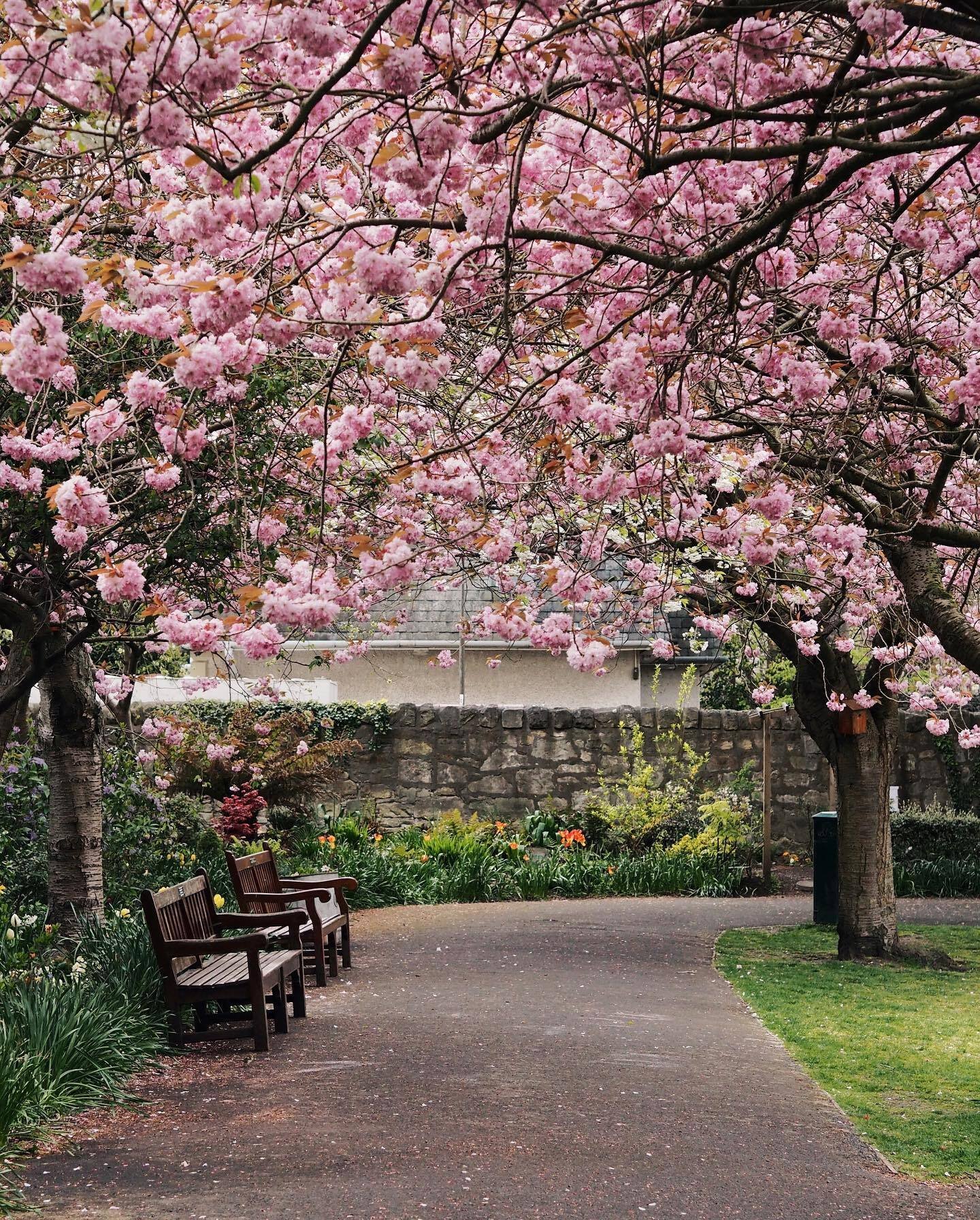
From Fields to Form: An Insightful Conversation with Basketmaker Anna Liebmann, Cultivating Scottish Willow and Crafting Timeless Baskets
Join us as we chat with Anna Liebmann, a skilled basketmaker and willow grower based in Edinburgh, who passionately shares her journey into the craft. She meticulously grows and hand-cuts most of her own willow organically in South Lanarkshire and Edinburgh, creating a diverse range of handmade products. Her love for locally sourced willow and her profound connection to her materials make her an inspiring figure in the world of basketmaking.


















